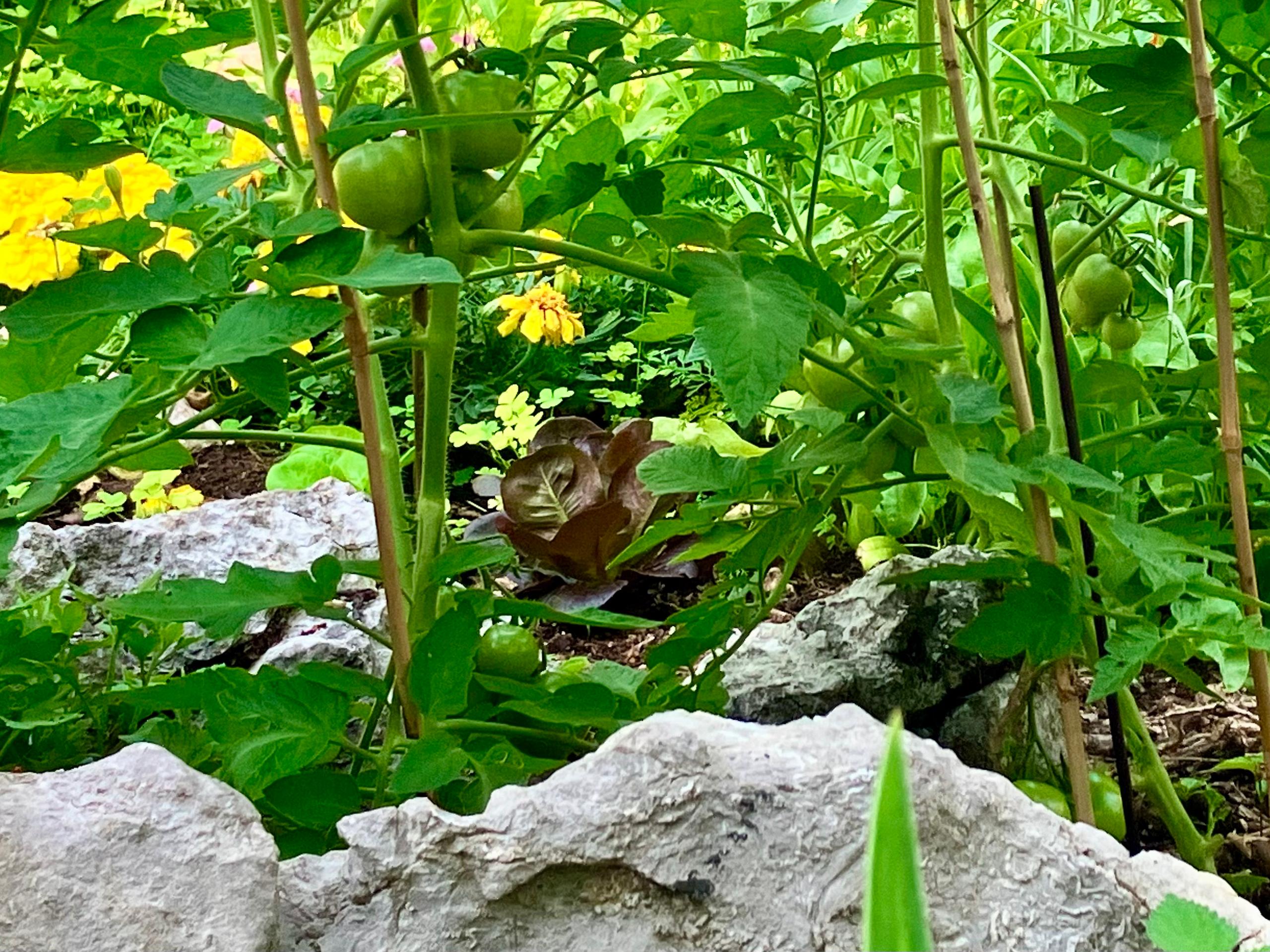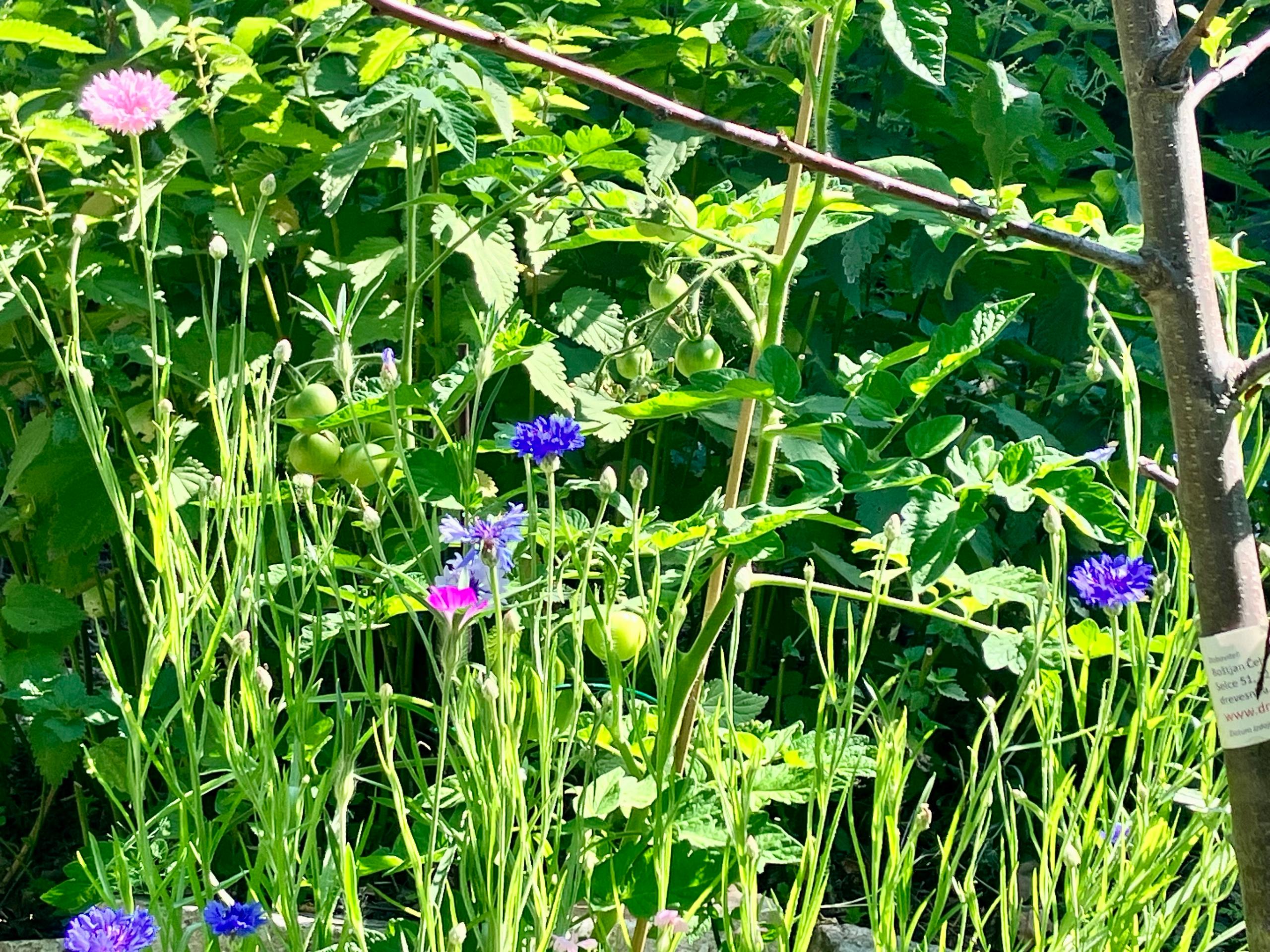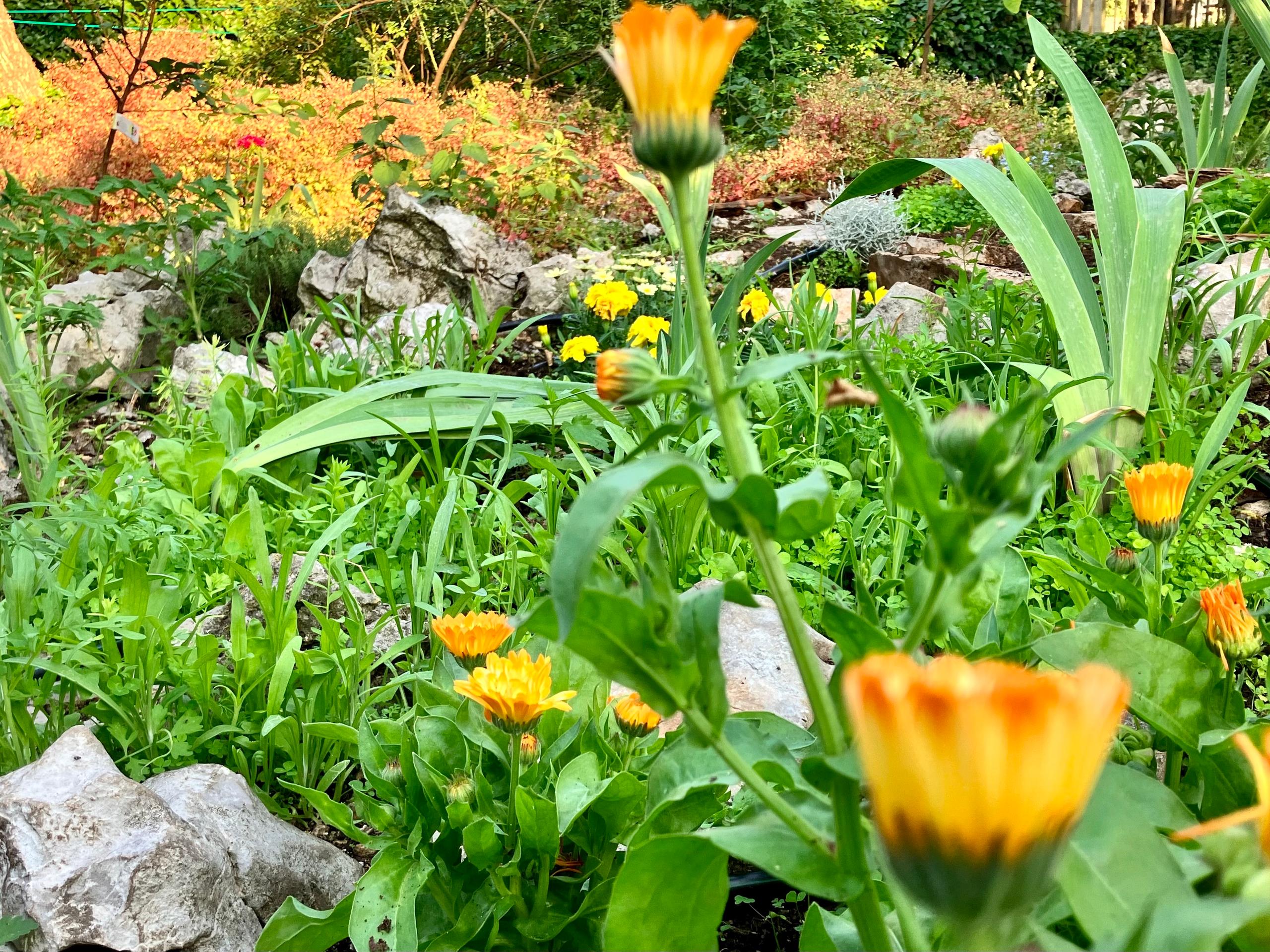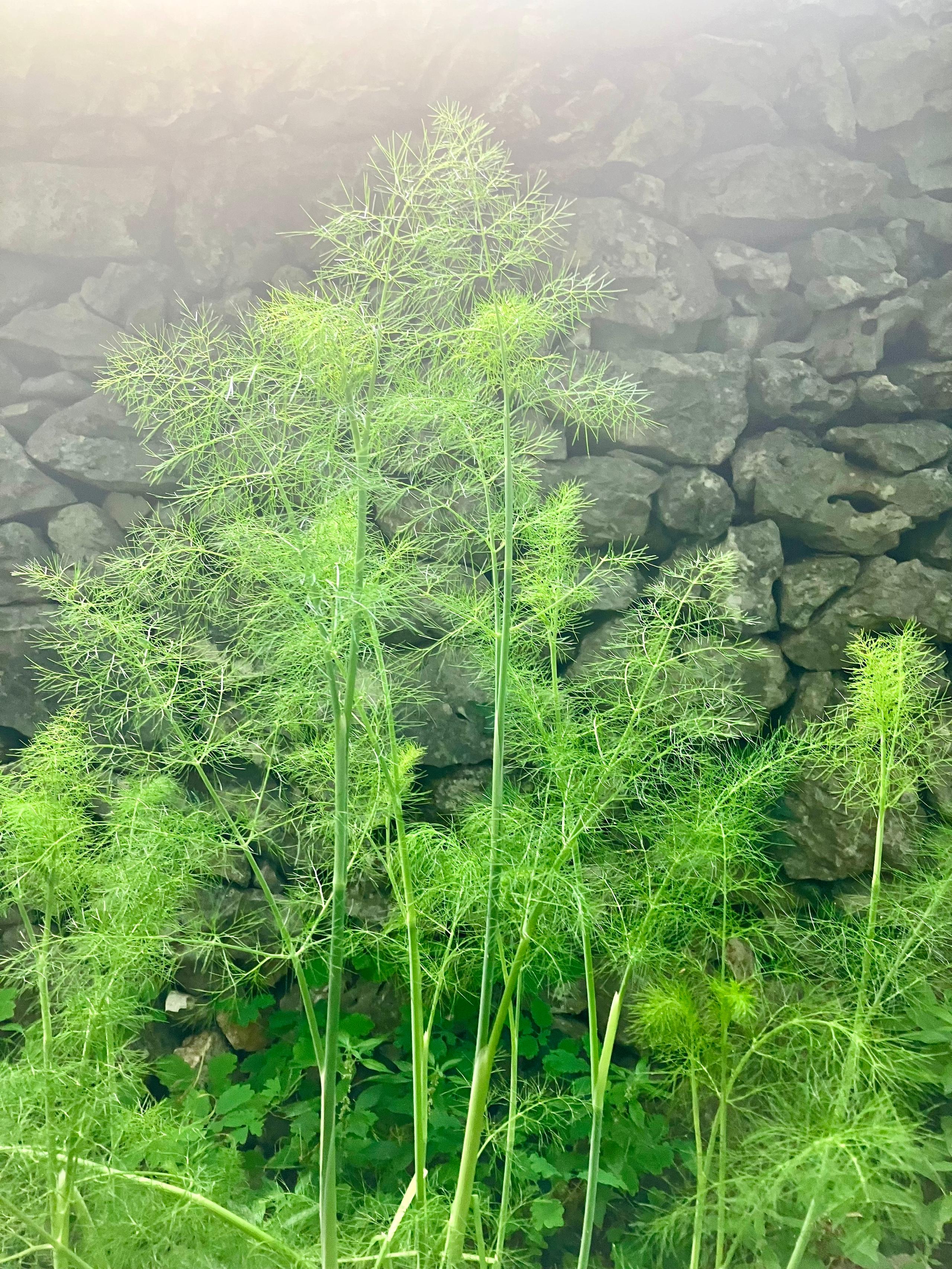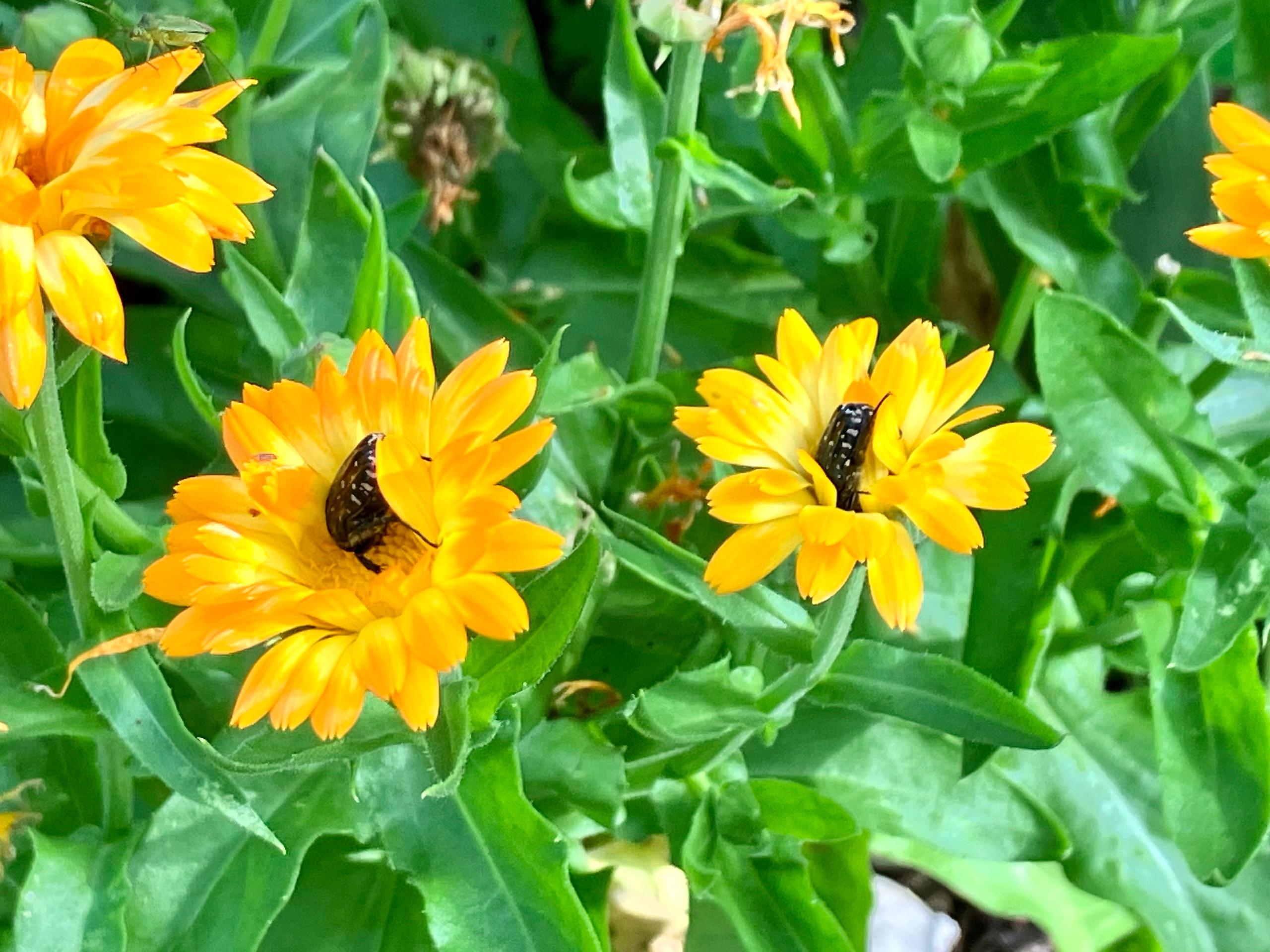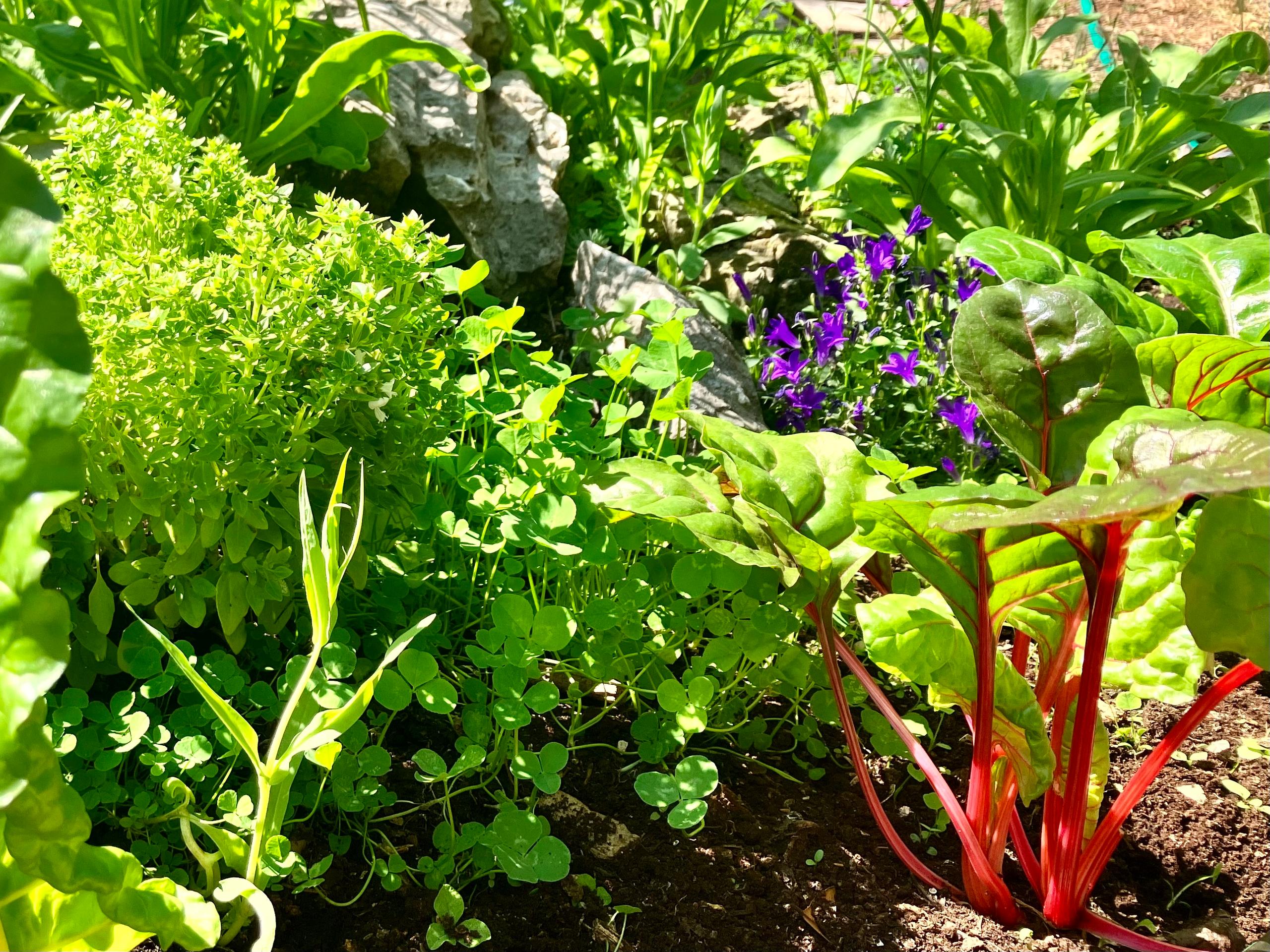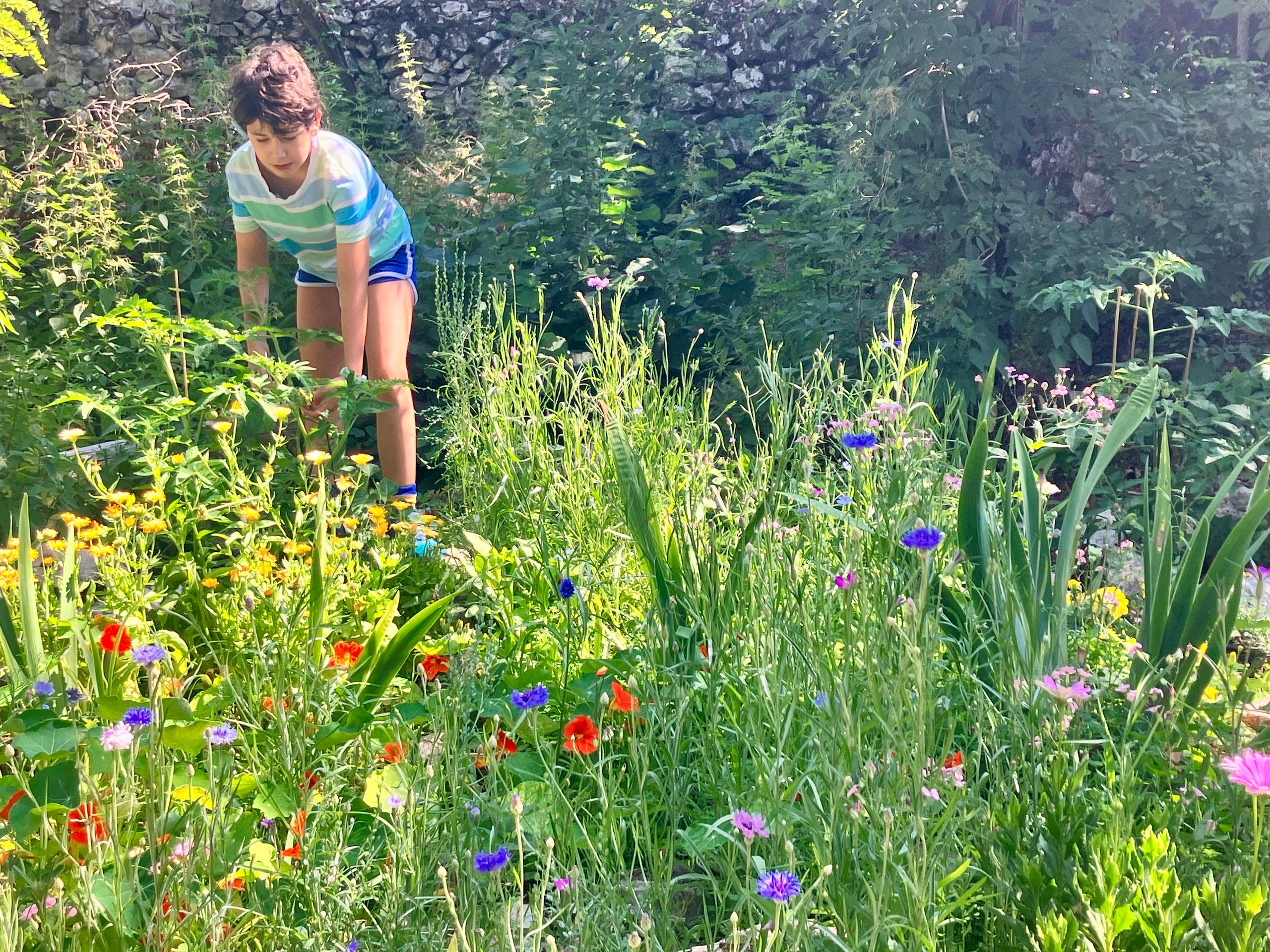Polyculture and Landscape
“When you build a wall, think of what you leave outside” Italo Calvino,The Baron in the Trees
Like many regions, the Karst is suffering from urban sprawl due to the rapid expansion of towns and villages, characterised by low-density housing, single-occupancy zoning and increasing reliance on the private car for transport. Local policies can also facilitate expansion by making it convenient and profitable to buy land in the suburbs. More generally, land use regulations can fail to implement key requirements to reduce land consumption.Urban sprawl is associated with increased energy consumption, pollution and traffic congestion, as well as a decline in community distinctiveness and cohesion. In addition, by increasing the physical and environmental "footprint" of metropolitan areas, the phenomenon leads to the destruction of wildlife habitats and the fragmentation of remaining natural areas.
Initiatives to reduce the side effects of urban sprawl and to revitalise the land can be implemented in small public or private community gardens, as well as in large urban farms and orchards.
Shaping landscapes of continuity
With the 2019 coronavirus outbreak and many of us cooped up indoors, there's been a renewed interest in all things horticultural. It's exciting to see this surge in interest. However, claims that growing fruit and vegetables will save money and make the average person self-sufficient have no basis in fact. Indeed, the aim is not to turn every square metre of a suburban garden into a patch of food.
A place of wonder and the unexpected, the garden is above all a place of encounter, of meaningful contact with the diversity of nature and society. The garden without vistas and openings, pure scenography or, even worse, pure trompe l'oeil, is hardly a garden at all.
It should be noted that the ancient Chinese, who were among the earliest landscapers, used to consider the surrounding area of the plot as a "borrowed garden" - in other words, the entire garden area and its surroundings used the same plant components, largely common to both.
Nowadays we can imagine gardens meeting not only our own needs but also to address the necessities of other organisms.We are able to adopt approaches that seek to design biological systems that rely on native ecology to function, rather than manufactured external inputs. When designing our gardens, we can look at a number of techniques and practices used in polyculture design to find out how to choose plants that are compatible with each other and with wildlife.
Working with wilderness is an approach that values predictability and permanence, not novelty. The interrelationship between garden and wilderness allows us to see the garden as structuring the place, not as an object placed on an existing scenario.
Small-scale forest gardens, in harmony with the landscape, appear to be a practical, accessible and realistic way of providing food for people, while promoting biodiversity in the environment and expressing the value of landscape continuity, which is now increasingly threatened by development.
